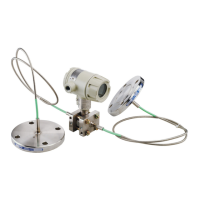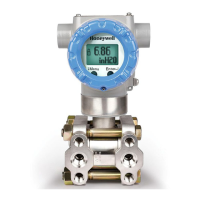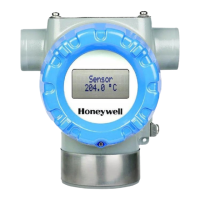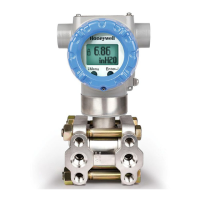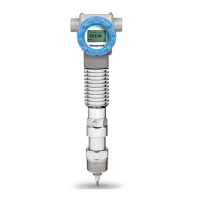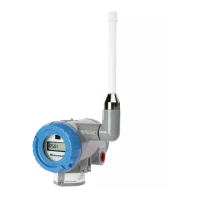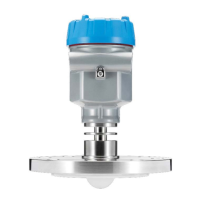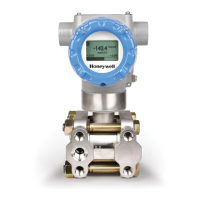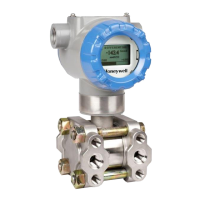34-SM-03-01
Page 3
PT
Q
v
= k h
w
x T
P
FIC
Tem
.
DP
Pressure
PT
The “Old” Flow A
roach
Flow Com
uter or DCS
On the other hand, if you have a
more demanding flow application
utilizing an orifice plate or laminar
flow element that requires high
accuracy at larger flow
turndowns, choose the more
complex mass or volumetric flow
equation and compensate for
density as well as other variables
such as viscosity, discharge
coefficient, gas expansion factor,
velocity of approach factor and
thermal expansion factor.
Description of Flow
Variables for Dynamic Flow
Compensation
Figure 2 —Flow Compensation Using the “Old” Approach
Discharge Coefficient
Discharge coefficient is defined as
Today, the three key
measurements (differential
pressure, static pressure and
process temperature) and the flow
calculation can be made with one
multivariable transmitter. So,
whether you just want to
compensate for density or use full
dynamic flow compensation,
consider the SMV 3000 and the
“Enhanced” flow approach (Figure
3). Unlike most DP transmitters,
the SMV 3000 with dynamic
compensation can correct flow
With the SMV 3000, you have the
flexibility to choose which variables
you need to compensate. For
example, the
transmitter can be
easily configured to compensate
for density only and calculate
flowrate via a standard equation. If
you have a liquid, steam or gas
application with small flow
turndown requirements, choose the
easy, standard equation and in
minutes your mass or volumetric
flowrate is compensated for density
changes.
the true flowrate divided by the
theoretical flowrate and corrects
the theoretical equation for the
influence of velocity profile
(Reynolds number), the
assumption of no energy loss
between taps, and pressure tap
location. It is dependent on the
primary flow element, the β ratio
and the Reynolds number.
Reynolds number is in turn
dependent on the viscosity,
density and velocity of the fluid as
well as the pipe diameter per the
following
errors due to the K factor. Per
Equation 1, the K factor is not a
constant and can vary:
k = NCE
v
Y
1
d
2
Dynamic flow compensation is the
process of measuring the required
variables (differential pressure,
static pressure and temperature)
and using these variables to
perform real time, calculations of
variables such as density,
viscosity, Reynolds number,
discharge coefficient, thermal
expansion factor and gas
expansion factor - all which can
effect the accuracy of your mass
flow measurement.
SMV 3000
Transmitter
FIC
Control done in DCS
PLC
or Sin
le Loo
Controller
Tem
.
m
v
dh
w
1
2
PT
The “Enhanced” Flow A
roach
D
namic com
ensation of
Flow inside SMV 3000
Figure 3 —Flow Compensation Using the “Enhanced” Approach

